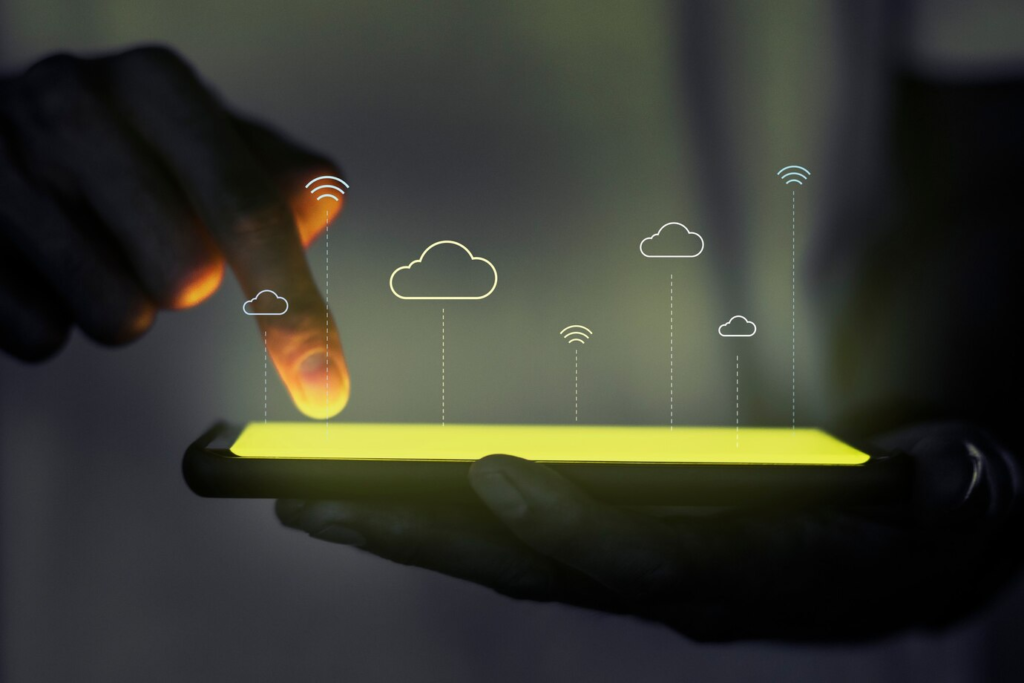In today’s competitive business environment, Get_Ready_Bell:Client_Pulse understanding and responding to client needs in real time is crucial for success. The term “get_ready_bell” represents the intersection of business preparedness and customer sentiment analysis. This article will explore the essential concepts and strategies behind these terms, with a focus on how companies can use tools and systems to stay alert and engaged with their clients.
Table of Contents
1. What is Get_Ready_Bell:Client_Pulse?
Get_Ready_Bell:Client_Pulse refers to the ongoing monitoring of customer sentiment and feedback. It allows businesses to gauge customer satisfaction, understand their needs, and act quickly on any concerns. By staying attuned to the client pulse, companies can make proactive decisions that improve client relationships.
2. Importance of Client Feedback

Get_Ready_Bell:Client_Pulse feedback provides invaluable insights into how well a company is meeting customer expectations. Regularly collecting and analyzing this feedback helps identify strengths, weaknesses, and areas for improvement. A well-monitored client pulse leads to more satisfied customers and long-term business success.
3. The Role of Get Ready Bell in Business
The concept of a “Get_Ready_Bell:Client_Pulse” is akin to a business alert system. It signals when the company needs to prepare for key events or changes, such as shifts in client expectations or market trends. Companies that heed these alerts are better positioned to adjust their strategies and maintain competitiveness.
4. How Client Pulse Can Improve Customer Service
Understanding client pulse allows companies to tailor their customer service approaches. By identifying common complaints or praise from clients, businesses can adjust their customer service practices to better address client concerns and provide more value.
5. Tools for Monitoring Client Pulse
There are several tools available that help companies track client feedback in real time. Get_Ready_Bell:Client_Pulse These include customer satisfaction surveys, social media monitoring tools, and real-time feedback dashboards. Get_Ready_Bell:Client_Pulse These tools allow businesses to stay ahead of client needs and respond quickly to issues as they arise.
6. Get Ready Bell: Preparing for Client Demands

The Get Ready Bell alerts businesses to upcoming client needs and demands. Whether it’s a product launch, a seasonal peak, or a major customer concern, the alert system ensures that the company is fully prepared to meet expectations. This preparation can involve staffing, inventory management, or even changes in marketing strategies.
7. Benefits of a Real-Time Client Pulse Dashboard
A real-time dashboard for monitoring client pulse enables businesses to stay up-to-date on customer feedback. Dashboards provide instant visibility into customer sentiment, helping companies detect patterns or problems early. This visibility allows for swift action to address concerns or capitalize on positive feedback.
8. Best Practices for Implementing Get Ready Bell Systems
To implement an effective Get Ready Bell system, businesses should focus on integrating key client data and internal business processes. This might involve linking sales forecasts with customer service analytics or syncing marketing campaigns with client satisfaction scores. The goal is to create an alert system that helps the business remain responsive and agile.
9. Tracking Key Metrics with Client Pulse
Key metrics to track with client pulse include Net Promoter Score (NPS), customer satisfaction (CSAT), and customer effort scores (CES). These metrics provide measurable insights into client satisfaction, loyalty, and ease of interaction, which are crucial for long-term business growth.
10. Case Studies: Success Through Client Pulse Awareness
Several businesses have successfully leveraged client pulse tracking to enhance their customer service. For example, a company that used real-time feedback saw a 25% increase in customer satisfaction after adjusting their services based on client suggestions. Case studies provide powerful examples of how staying in tune with client pulse can lead to success.
11. Challenges in Monitoring Client Pulse
While tracking client pulse is essential, it can also present challenges. Businesses may struggle with data overload, where too much feedback can be overwhelming to process. Get_Ready_Bell:Client_Pulse Additionally, finding the right balance between client needs and business capabilities is often difficult but necessary for long-term success.
12. Automating the Get Ready Bell Alerts
Automation plays a key role in managing a Get Ready Bell system. With the use of AI and machine learning, businesses can automate alert triggers based on specific client behaviors, such as negative reviews or recurring customer complaints. This automation allows for faster response times and more effective problem-solving.
13. Importance of Team Collaboration for Client Pulse
Monitoring client pulse and responding to the Get Ready Bell requires close collaboration among different departments. Customer service, sales, marketing, and product development teams all need to work together to address client feedback and implement necessary changes.
14. Customer Loyalty and Client Pulse
Client pulse tracking not only improves customer satisfaction but also fosters loyalty. Customers who feel that their feedback is valued and acted upon are more likely to remain loyal to the brand. Loyalty translates into repeat business, which is a key factor in driving long-term profitability.
15. Leveraging Social Media for Client Pulse Insights
Social media platforms offer a goldmine of client feedback and sentiment data. Businesses can monitor social channels to get a real-time understanding of how customers feel about their products or services. Get_Ready_Bell:Client_Pulse This can serve as an informal, but highly effective, part of the client pulse strategy.
16. How Get Ready Bell Enhances Crisis Management
When a crisis arises, Get_Ready_Bell:Client_Pulse such as negative publicity or a product recall, the Get Ready Bell system can be invaluable. Early detection of issues through client pulse monitoring helps businesses address crises before they escalate, minimizing damage to reputation and client trust.
17. Integrating Client Pulse with Business Strategy
Get_Ready_Bell:Client_Pulse should be a core component of a company’s business strategy. By integrating client feedback into decision-making processes, businesses can align their operations with customer expectations, leading to more effective and customer-centric strategies.
18. Future Trends in Client Pulse Monitoring
As technology continues to evolve, so will the methods of tracking client pulse. Predictive analytics, AI-driven customer insights, and enhanced feedback systems will shape the future of client pulse monitoring, providing businesses with even more accurate and actionable data.
19. Building a Customer-Centric Culture

To fully harness the power of client pulse, businesses must cultivate a customer-centric culture. This means putting the customer’s needs at the forefront of business decisions and ensuring that every team member is committed to improving the client experience.
20. The Impact of Client Pulse on Product Development
Client pulse data is instrumental in product development. Understanding customer pain points, preferences, and suggestions allows businesses to create products that better meet the needs of their target audience. Get_Ready_Bell:Client_Pulse This feedback loop can lead to more successful product launches and continuous improvement.
21. Conclusion: The Value of Staying Ready
Get_Ready_Bell:Client_Pulse In today’s fast-paced business world, staying ready for changes in client needs is essential. The combination of a Get Ready Bell system and client pulse monitoring enables businesses to remain agile, responsive, and customer-focused. By investing in these systems, companies can enhance their competitiveness and ensure long-term success.
FAQ Section
Q1: What is the purpose of a Get Ready Bell system?
A Get Ready Bell system alerts businesses to key events or shifts in client demands, helping them prepare in advance to meet customer needs.
Q2: How does client pulse monitoring work?
Client pulse monitoring involves continuously tracking customer sentiment and feedback to gain insights into their satisfaction and expectations.
Q3: What tools can be used to monitor client pulse?
Popular tools include customer satisfaction surveys, social media monitoring platforms, and real-time feedback dashboards.
Read Also: Eloanwarehouse Payday Loans: Is It the Right Choice? [Features, Costs, and Requirements]






